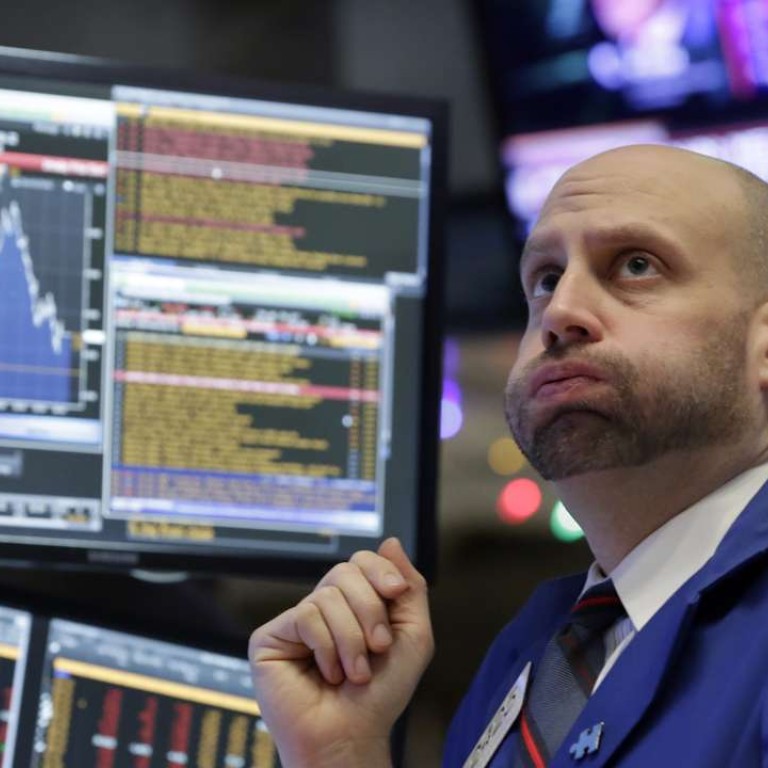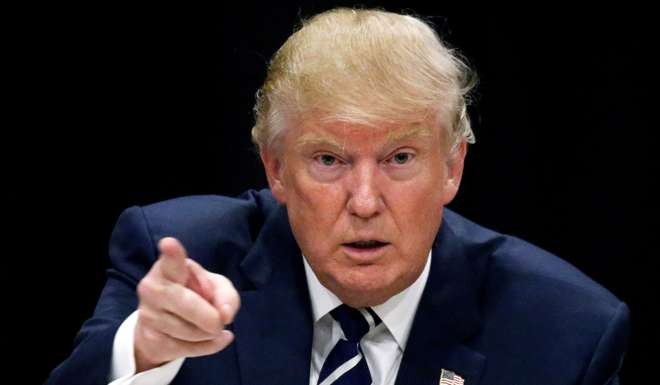
Fed’s hawkish shift fuels uncertainty over ‘Trumpflation’
In the days leading up to the Federal Reserve’s well-anticipated decision early on Thursday to raise its benchmark interest rate by 25 basis points, the first such move in a year and the second in a decade, US equity markets were on a tear.
Its three main stock market indices – the S&P 500 Index, the Dow Jones Industrial Average and the Nasdaq Composite Index – extended their recent record-breaking runs, with the Dow coming within striking distance of the 20,000-point level.
Since Donald Trump’s stunning victory in the US presidential election on November 8, a development widely expected to lead to a disorderly and sustained sell-off across all asset classes, the three indices have risen 5.3 per cent, 8 per cent and 4.6 per cent, respectively. European and Japanese equity markets have also rallied, with the euro zone’s main stock index up 6.2 per cent and the Nikkei-225 Index gaining 12 per cent.

Despite two huge political shocks – the Brexit vote and Trump’s victory – with dangerous implications for international policymaking, and renewed instability in Italy following a “No” vote in a constitutional referendum on December 4, which triggered the resignation of Prime Minister Matteo Renzi, investors remain relatively sanguine.
In all three cases, brief sell-offs of varying degrees of severity quickly gave way to market rallies.
In the case of the Brexit vote, the FTSE 100 Index, Britain’s main equity index, began to recover just days after the referendum result, while the yield on 10-year British bonds dropped like a stone in the two months following the vote.
The shift in sentiment was even swifter just after Trump’s victory.
After an initial 5 per cent fall in S&P 500 futures as it became clear that Trump was heading for victory, US equities rose right after the property magnate was declared the winner. Stock investors focused on sectors of the US economy that were likely to benefit from Trump’s plans for tax cuts, deregulation and a surge in infrastructure spending.
In the case of the “No” vote in Italy’s referendum, euro-zone stocks crept higher the morning after the plebiscite in the face of renewed political instability and growing stresses in the country’s vulnerable banking sector.
Not only have markets proved remarkably resilient since the Brexit vote, the amount of time it has taken for investors to brush off risks has diminished from a matter of days to just a few hours.
Yet this resilience is deceptive, as the latest global fund manager survey published by Bank of America Merrill Lynch on Tuesday suggests.
While expectations of global growth have risen to a 19-month high and nearly 85 per cent of the respondents have an optimistic outlook for global inflation – the second-highest level in 12 years – more than a third of those surveyed believe that buying the US dollar (one of the main underpinnings of “Trumpflation”) has become the most crowded trade in the world.
This suggests investors may be getting ahead of themselves.

Yet Janet Yellen, the Fed chair, also stressed that the new US administration’s economic policies were unclear. “We are operating under a cloud of uncertainty at the moment,” she rightly noted.
The Trumpflation trade – a stronger dollar and a rise in bond yields in anticipation of higher inflation – is gaining traction even though question marks surround Trump’s economic agenda.
If the dollar continues to strengthen – the dollar index has risen 4.2 per cent since the US election – US exports and the foreign-based revenues of US multinationals could suffer, endangering growth.
Tighter monetary policy could also put severe strain on US equities. On Wednesday, the S&P 500 and the Dow fell 0.8 per cent and 0.6 per cent respectively following Yellen’s press conference.
While US stocks may quickly bounce back, the Fed’s hawkish shift should make investors think twice.
Nicholas Spiro is partner of Lauressa Advisory

